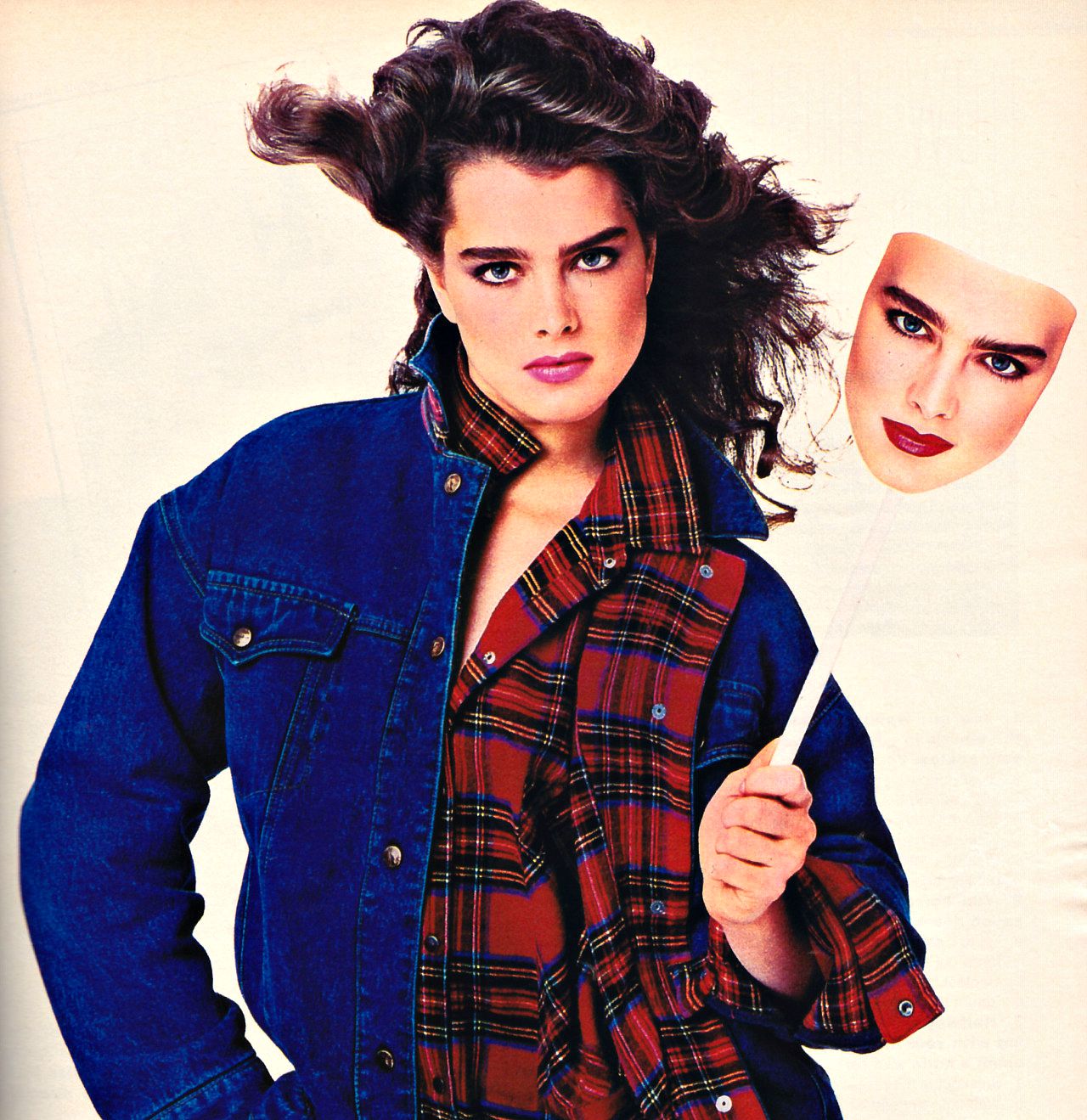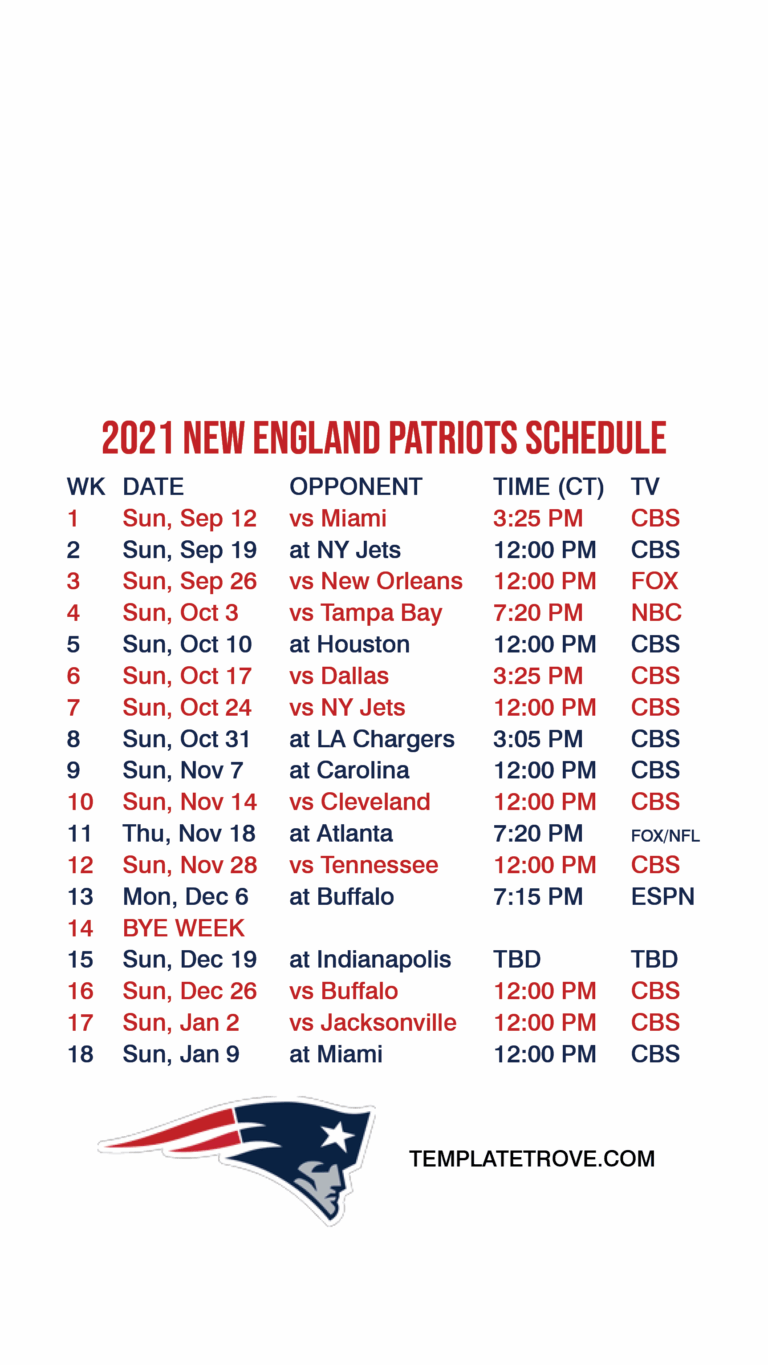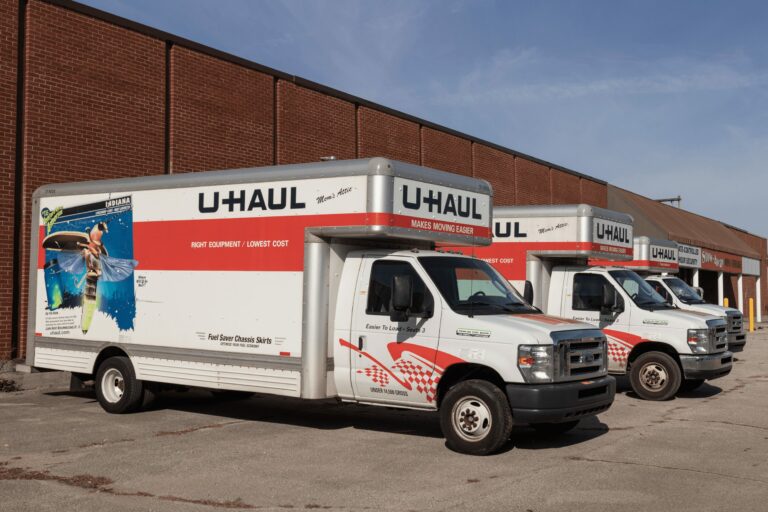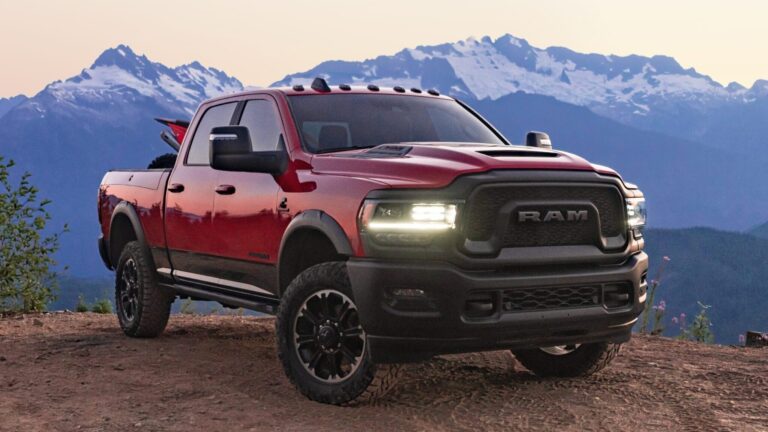1980s Chevy Trucks For Sale: Your Comprehensive Guide to Classic American Iron
1980s Chevy Trucks For Sale: Your Comprehensive Guide to Classic American Iron cars.truckstrend.com
The roar of a V8, the unmistakable lines of a square body, and the undeniable sense of rugged American independence – these are the hallmarks of 1980s Chevy trucks. More than just vintage vehicles, these iconic pickups have surged in popularity, becoming highly sought-after classics for collectors, enthusiasts, and even those simply seeking a reliable, character-filled daily driver. This comprehensive guide will navigate the exciting world of 1980s Chevy trucks for sale, helping you understand their enduring appeal, what to look for, where to find them, and how to make a smart purchase.
The Enduring Appeal of 80s Chevy Trucks
1980s Chevy Trucks For Sale: Your Comprehensive Guide to Classic American Iron
The 1980s was a pivotal decade for Chevrolet’s truck lineup, primarily dominated by the third-generation C/K series, affectionately known as the "Square Body." Introduced in 1973, these trucks truly hit their stride in the ’80s, becoming synonymous with durability, simplicity, and a no-nonsense aesthetic. Their popularity today stems from several key factors:
- Timeless Design: The clean, utilitarian lines of the Square Body have aged gracefully. They possess a classic, muscular presence that stands out amidst modern, overly sculpted trucks.
- Mechanical Simplicity: Unlike today’s computer-laden vehicles, 80s Chevy trucks are relatively straightforward. This makes them appealing for DIY mechanics, offering easier maintenance and customization.
- Robust Drivetrains: Known for their dependable small-block V8s (like the 305 and 350 cubic inch engines) and sturdy transmissions, these trucks were built to last and handle serious work.
- Nostalgia Factor: For many, these trucks evoke memories of simpler times, of family road trips, farm work, or cruising down main street.
- Customization Potential: The aftermarket support for Square Bodies is immense. From mild lifts and wheel upgrades to full LS engine swaps and sophisticated suspension systems, the possibilities for personalization are endless.
- Investment Potential: While not all 80s trucks will skyrocket in value, well-maintained or expertly restored examples, especially desirable configurations, have shown steady appreciation.

Whether you’re looking for a dependable workhorse, a weekend cruiser, a show truck, or a blank canvas for a custom build, an 80s Chevy truck offers a compelling blend of utility, style, and heritage.
Key Models and Configurations of the 1980s
Understanding the various models and configurations is crucial when searching for 1980s Chevy trucks. The C/K series designation refers to two-wheel-drive (C) and four-wheel-drive (K) models, respectively. The numbers indicate the weight class:
- 10-Series (C10/K10): Half-ton pickups, the most common and often sought-after for their ride quality and versatility.
- 20-Series (C20/K20): Three-quarter-ton trucks, offering greater hauling and towing capacity.
- 30-Series (C30/K30): One-ton dually trucks, designed for heavy-duty applications.

Beyond the C/K designation, you’ll encounter various body styles and trim levels:

- Body Styles:
- Regular Cab: The classic single-cab configuration.
- Extended Cab (Club Cab): Offered additional space behind the front seats, typically for storage or jump seats.
- Crew Cab: A true four-door truck, highly desirable today for those needing to transport more passengers.
- Bed Lengths:
- Short Bed (approx. 6.5 feet): Often preferred for aesthetics and maneuverability, especially on half-ton models.
- Long Bed (approx. 8 feet): The practical choice for work and hauling, more common on heavier-duty trucks.
- Trim Levels:
- Custom Deluxe: The base model, sparse but rugged.
- Scottsdale: A step up, offering more comfort and amenities.
- Cheyenne: Mid-range, with more chrome trim and interior upgrades.
- Silverado: The top-tier trim, boasting the most luxury features like power windows, air conditioning, and premium interior finishes.
- Engines: Common engines include the 250 ci Inline-6, 305 ci V8, 350 ci V8, and the mighty 454 ci Big Block V8. Diesel options (like the Detroit Diesel 6.2L V8) were also available.
Also note that the Square Body platform extended to the Blazer (two-door SUV) and Suburban (four-door SUV), offering similar mechanicals and an equally strong enthusiast following. In 1987, Chevrolet introduced the new GMT400 platform but continued to sell the previous generation as the R/V series (R for 2WD, V for 4WD) until 1991, primarily for heavier-duty applications and SUVs, creating a slight overlap.
Where to Find 1980s Chevy Trucks For Sale
The market for 80s Chevy trucks is robust and diverse. Here are the best places to begin your search:
- Online Marketplaces:
- Craigslist & Facebook Marketplace: Excellent for local finds, often at project-level or driver prices. Be prepared for varied conditions and descriptions.
- eBay Motors: A wide range of trucks from all over the country, often with detailed listings and photo galleries. Good for both project and higher-end vehicles.
- AutoTrader Classics / ClassicCars.com / Hemmings: Dedicated classic vehicle sites, typically featuring more thoroughly vetted listings, often from dealers or serious private sellers.
- Auctions:
- Major Auction Houses (e.g., Mecum, Barrett-Jackson): Primarily for high-dollar, professionally restored, or exceptionally rare examples. Great for seeing top-tier market values.
- Local Auctions: Could yield a hidden gem, but require more due diligence.
- Specialty Dealerships & Restoration Shops: Many businesses specialize in classic trucks. While prices might be higher, you’re often getting a vehicle that has been inspected, serviced, or even restored.
- Car Shows & Swap Meets: Great for seeing trucks in person, networking with owners, and sometimes finding "for sale" signs.
- Word-of-Mouth: Tell friends, family, and local mechanics you’re looking. You never know what’s sitting in a barn or garage down the road.
Tips for Searching: Use specific keywords like "Chevy C10 1985," "K5 Blazer 1987," "Square Body truck," or "Silverado 1980s." Filter by location, price range, and year to narrow down your options.
What to Look For: Important Considerations Before Buying
Buying a vintage truck requires a keen eye and realistic expectations. Here’s a checklist of critical areas to inspect:
- Rust: This is the #1 enemy. Check:
- Cab Corners & Rocker Panels: Common rust-out spots.
- Fenders & Wheel Arches: Especially around the headlights and behind the wheels.
- Bed Floor & Supports: Lift the mat if possible.
- Frame: Inspect for structural rust, cracks, or previous repairs. Pay close attention around suspension mounting points.
- Engine & Drivetrain:
- Leaks: Look for oil, coolant, or transmission fluid leaks.
- Smoke: Blue (oil), white (coolant), or black (fuel-rich) smoke from the exhaust indicates issues.
- Noises: Listen for knocking, ticking, or grinding sounds.
- Test Drive: Check for smooth shifting (automatic or manual), proper engagement of 4WD (if applicable), and responsive braking.
- Suspension & Steering: Check for worn ball joints, tie rods, and bushings. Look for excessive play in the steering wheel.
- Brakes: Ensure they feel firm and stop the truck effectively without pulling.
- Electrical System: Test all lights, gauges, wipers, horn, and accessories (power windows, radio, AC/heat). Many electrical issues are simple, but some can be complex.
- Interior Condition: Assess the dashboard (cracks are common), seat upholstery, door panels, and headliner. Factor in replacement costs for major components.
- Documentation: A clear title is essential. Any maintenance records or build sheets are a bonus.
- Previous Modifications: Are they professional or "hack jobs"? Engine swaps, lift kits, or custom wiring can be a blessing or a nightmare depending on quality.
- Originality vs. Restomod: Decide if you want an unmolested, factory-original truck or one that has been modernized. Both have different price points and appeal.
If you’re not confident in your inspection skills, always get a pre-purchase inspection (PPI) from a trusted mechanic specializing in classic vehicles or trucks.
Understanding the Value: Pricing 1980s Chevy Trucks
The price of an 80s Chevy truck can vary wildly, from a few hundred dollars for a rolling chassis to over $100,000 for a concourse-level restoration. Several factors influence value:
- Condition: This is the primary driver. A "project" truck needs extensive work. A "driver" is functional but has flaws. A "restored" or "show" truck is in excellent, often better-than-new, condition.
- Rarity/Desirability: Short-bed, regular-cab C10s are often more sought after than long-bed C20s for aesthetic reasons. Crew cabs and K5 Blazers are also highly desirable.
- Engine/Transmission: Original V8s (especially 350s or 454s) add value. Manual transmissions can also command a premium for some buyers.
- Trim Level: Silverados are typically more valuable than Custom Deluxe models due to their factory amenities.
- Originality: Unmodified, numbers-matching trucks can fetch higher prices from purists.
- Location: Trucks from dry climates (Southwest, West Coast) generally have less rust and command higher prices.
- Modifications: Well-executed, desirable modifications (e.g., LS swap, modern suspension) can increase value, but poorly done ones will detract.
Resources like Hagerty Valuation Tools, NADA Guides (for classic cars), and recent auction results can help you gauge market prices. Be realistic about your budget, factoring in not just the purchase price but also potential repairs, insurance, and registration.
Tips for a Successful Purchase
- Define Your Goal: Are you seeking a daily driver, a weekend cruiser, a show truck, or a project? This will dictate your budget and search criteria.
- Set a Realistic Budget: Include not just the purchase price but also potential immediate repairs, insurance, registration, and transportation costs.
- Do Your Homework: Research common issues for the specific year and model you’re interested in. Join online forums or Facebook groups for 80s Chevy trucks to learn from experienced owners.
- Inspect Thoroughly (or Hire a Pro): Don’t rush. Bring a flashlight, magnet (to detect body filler), and a knowledgeable friend if possible.
- Test Drive Extensively: Drive at various speeds, on different road surfaces, and listen for unusual noises. Check brakes, steering, and acceleration.
- Negotiate Respectfully: Be prepared to walk away if the deal isn’t right. Cash often speaks volumes.
- Plan for Transport: If buying far from home, arrange for professional transport or consider driving it back only if you’re confident in its condition.
- Get Insurance & Registration Lined Up: Classic car insurance can be surprisingly affordable, but check requirements in your state.
Common Challenges and Solutions
- Rust: While pervasive, almost every panel is reproduced. Solutions range from patch panels and replacement cab corners to full body-off restorations. It’s often the most expensive repair.
- Parts Availability: Excellent! Thanks to their popularity, you can find virtually any mechanical or body part from numerous aftermarket suppliers, junkyards, and online retailers.
- Mechanical Issues: Most engines and transmissions are simple and robust. Many issues can be resolved with basic tools and a service manual. If you’re not a mechanic, finding a shop familiar with older vehicles is key.
- Fuel Economy: These trucks are not fuel-efficient. Expect single-digit or low-teen MPG. Solutions include engine tuning, overdrive transmissions, or modern engine swaps (e.g., GM LS engines) for better power and efficiency.
- Lack of Modern Safety Features: No airbags, basic seatbelts, and older braking technology. Drive defensively, consider upgrading brakes (e.g., disc brake conversions) for improved stopping power.
- Deteriorated Interiors: Dash pads crack, seats tear, and carpets wear out. Reproduction parts are widely available for interior refreshes.
Price Table: 1980s Chevy Trucks For Sale (Estimated Ranges USD)
Please note: These are general estimates and can vary significantly based on location, specific year, original options, and market demand. Highly sought-after configurations (e.g., short bed, crew cab, K5 Blazer) in excellent condition can exceed these ranges.
| Model/Configuration | Condition: Project (Needs Major Work) | Condition: Driver (Functional, Some Flaws) | Condition: Restored/Show (Excellent to Pristine) | Key Features/Notes |
|---|---|---|---|---|
| C10 Short Bed (2WD) | $2,000 – $7,000 | $8,000 – $25,000 | $30,000 – $75,000+ | Highly desirable, popular for custom builds and street trucks. Typically 1/2-ton. |
| C10 Long Bed (2WD) | $1,500 – $5,000 | $6,000 – $18,000 | $20,000 – $50,000 | More common, practical work truck. |
| K10 Short Bed (4WD) | $3,000 – $9,000 | $10,000 – $30,000 | $35,000 – $80,000+ | Very popular, especially for off-roading or lifted builds. 4WD adds complexity & cost. |
| K10 Long Bed (4WD) | $2,500 – $7,000 | $8,000 – $25,000 | $28,000 – $65,000 | Rugged and capable. |
| C20/K20 (3/4-ton) | $1,000 – $4,000 | $5,000 – $15,000 | $18,000 – $40,000 | Heavier duty, often found with bigger engines. Less collector appeal than 1/2-tons. |
| C30/K30 (1-ton Dually) | $1,000 – $3,500 | $4,000 – $12,000 | $15,000 – $35,000 | Workhorses, sometimes customized into "tow pigs." |
| C/K Crew Cab (2WD/4WD) | $3,000 – $10,000 | $12,000 – $35,000 | $40,000 – $90,000+ | Highly sought-after, particularly 4WD models. Limited production. |
| K5 Blazer / C/K Suburban | $2,500 – $8,000 | $9,000 – $30,000 | $35,000 – $85,000+ | Iconic SUVs, strong demand, especially full-convertible K5s (early 80s). |
Note: Prices for trucks with modern engine swaps (e.g., LS conversions), air ride suspension, or high-end custom paint/interior work can easily exceed the "Restored/Show" category.
Frequently Asked Questions (FAQ)
Q: Are 1980s Chevy trucks reliable?
A: Generally, yes. Their mechanical simplicity makes them easy to maintain and inherently robust. With proper care, they can be very reliable.
Q: What’s the best engine for an 80s Chevy truck?
A: The 350 cubic inch (5.7L) V8 is arguably the most popular and versatile, offering a great balance of power, reliability, and parts availability. The 454 V8 is preferred for heavy-duty work or high-performance builds.
Q: How much does it cost to restore an 80s Chevy truck?
A: A full, professional frame-off restoration can easily cost $40,000 to $80,000 or more, often exceeding the truck’s initial value. A DIY restoration or a simple refresh can be done for much less, depending on the truck’s starting condition.
Q: Are parts hard to find for these trucks?
A: No, parts availability is excellent. Thanks to their popularity, almost every component, from body panels to engine parts and interior trim, is reproduced by aftermarket companies.
Q: Can an 80s Chevy truck be a daily driver?
A: Absolutely! Many people use them as daily drivers. Be aware of their lower fuel economy and lack of modern safety features. Regular maintenance is key.
Q: What are the most common rust spots to check?
A: Cab corners, rocker panels, fenders (especially around the wheel wells), bed floors, and the frame are the most critical areas for rust.
Q: What’s the difference between C and K series?
A: "C" denotes 2-wheel-drive (2WD) models, while "K" denotes 4-wheel-drive (4WD) models. The numbers (10, 20, 30) refer to the truck’s weight class (half-ton, three-quarter-ton, one-ton, respectively).
Conclusion
The allure of 1980s Chevy trucks is more potent than ever. These square-bodied legends offer a unique blend of vintage charm, robust utility, and endless customization possibilities. Whether you’re a seasoned enthusiast or a first-time classic truck buyer, the journey of finding, owning, and potentially restoring one of these American icons is incredibly rewarding. By understanding the models, knowing where to look, and carefully assessing condition, you can confidently embark on your quest to own a piece of automotive history. The open road, the rumble of a classic V8, and the pride of driving a true legend await.






